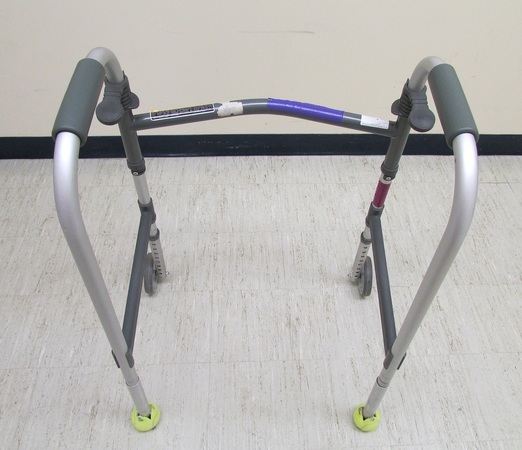
The global market for rheumatoid arthritis treatments is expected to grow at a CAGR of...
Learn More
Our consulting solutions address company specific challenges with respect to micro environment...
Learn More
Organizations frequently need day-today research guidancein order to gain strategic...
Learn More
Exploring different areas of market research and market analysis is a key factor...
Learn MoreAcute Market Reports presents the most extensive global business research services across industries. Our research studies focus on potential outcomes, benefits, and risks associated with each market segment across geographies. Having served our global clients for more than 10 years, our prime priority is to enable our clients in making well-informed business decisions through a data-driven, analytical, and uncomplicated research approach.
We provide access to the world's most comprehensive, analytical, and updated business intelligence services and solutions.




The electric insulators market is projected to grow at a Compound Annual Growth Rate (CAGR) of 5.6%, driven by the increasing global demand for electricity, expansion of power distribution networks, and investments in renewable energy sources. As the...
Read More
The flat roofing market is expected to grow at a CAGR of 5.7% during the forecast period of 2025 to 2033, driven by the rising demand for sustainable solutions, technological advancements, and the urbanization-commercial construction nexus. Challenge...
Read More
The elderly walker market is witnessing steady growth in terms of market revenue and is expected to exhibit a positive CAGR 7% during the forecast period of 2025 to 2033. Elderly walkers, also known as mobility aids or rollators, are specially design...
Read More




